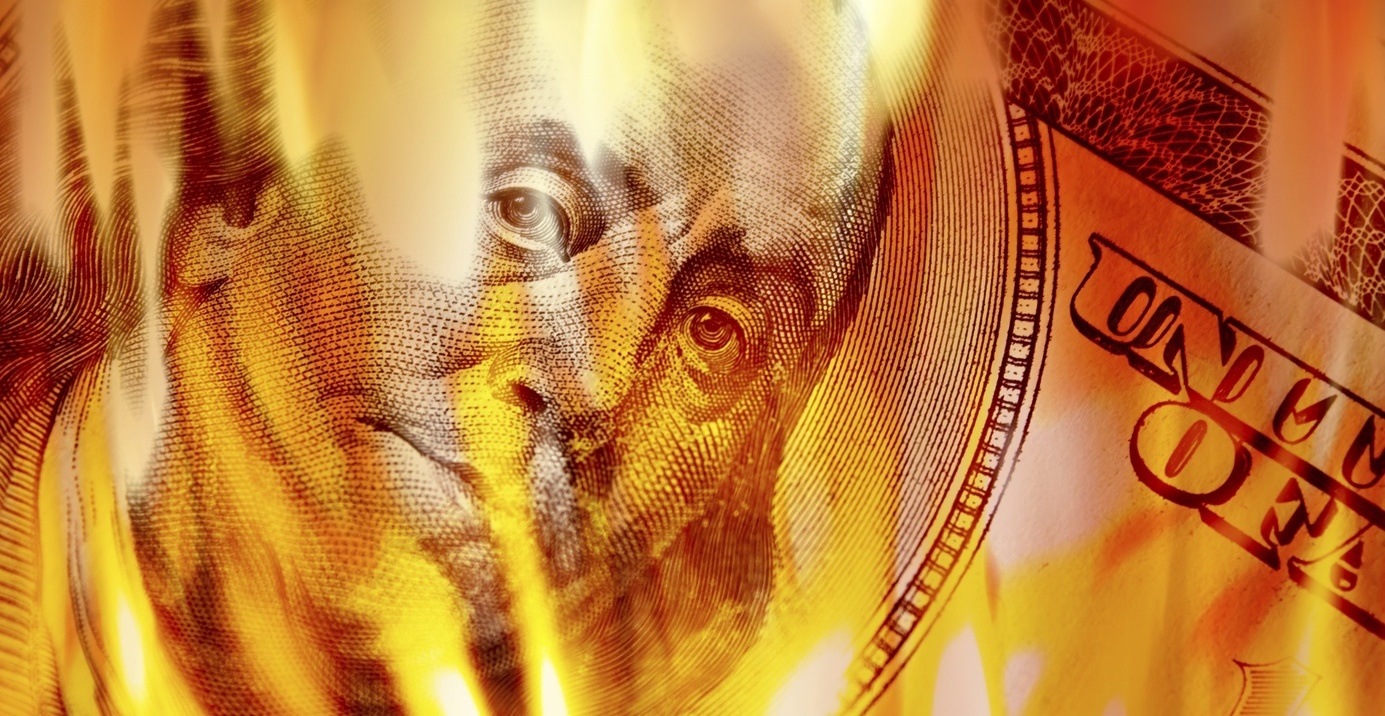Below are some of the most interesting articles, quotes and charts I came across this week. Click here to subscribe to our free weekly newsletter and get this post delivered to your inbox each Saturday morning.
Some former Fed officials are starting to tally up the true cost of more than a decade of money printing.
'QE has driven up home prices and inflation, contributed to regional-banking turmoil, and cost the Fed more than $100 billion in cumulative losses (so far).' https://t.co/hXkKFd2bm3 by Bill Dudley
— Jesse Felder (@jessefelder) April 30, 2024
By suppressing the cost of debt, QE encouraged the federal government to take on a much greater amount than would have been possible otherwise.
'A series of weak auctions for U.S. Treasurys are stoking investors' concerns that markets will struggle to absorb an incoming rush of government debt.' https://t.co/K10FoJmcZr pic.twitter.com/Soc2N7YWhM
— Jesse Felder (@jessefelder) April 17, 2024
This fiscal profligacy enabled by monetary accommodation is now one of the forces behind persistent inflationary pressures in the economy.
'Some economists say that the federal government bears some of the blame for persistent inflation pressures because it has continued to pump large amounts of borrowed money into the economy at a time when it did not need a fiscal boost.' https://t.co/yCBsYFPgHh
— Jesse Felder (@jessefelder) April 30, 2024
But massive asset purchases by the Fed have also exacerbated inequality, with the wealthy actually benefitting from the current economic environment…
'For upper income groups this is a fairly sunny economic moment. Their house values are mostly holding up, stock indexes are hovering near record highs and they can make meaningful interest on their savings for the first time in decades.' https://t.co/nzbjwN6nTb
— Jesse Felder (@jessefelder) April 30, 2024
…while the rest struggle with a slowing labor market amid persistent cost pressures.
'The world's largest food and drinks companies have said that poorer consumers in the US are cutting their spending in the face of persistent price rises, in a sign that the lowest earners are bearing the brunt of sticky US inflation.' https://t.co/AE1w43UlB4
— Jesse Felder (@jessefelder) April 30, 2024
This bifurcation only exacerbates the trend towards growing social unrest.
'There are two Americas in 2024: the one for people with jobs, homes and stock portfolios, and the one for everyone else.' https://t.co/VHySA9nPrH pic.twitter.com/C2JEcvxGBu
— Jesse Felder (@jessefelder) May 3, 2024

